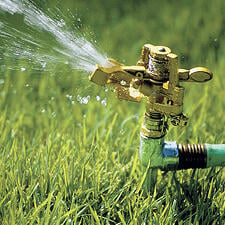Irrigation
Home >> Irrigation
In the field of irrigation, springs play an important role in maintaining efficient, reliable, and adaptable water distribution systems. They support everything from flow control mechanisms to automatic shutoff systems. This article explores the types of springs used in irrigation, their diverse applications, and how they improve the functionality of irrigation equipment.
Springs in irrigation systems provide essential support in several mechanisms, helping to control water flow, maintain valve positions, and ensure system durability. They are designed to withstand outdoor conditions and the demands of high-flow water systems, making them a fundamental part of both manual and automated irrigation equipment.
Springs are indispensable components in irrigation systems, playing critical roles in flow regulation, automatic shutoffs, hose management, and water level control. By understanding how different types of springs function in these applications, irrigation professionals and system designers can select the most efficient and durable springs to enhance irrigation system performance and water conservation.
Types of Irrigation Springs

Compression Springs
Compression springs are designed to resist force along their axis. In irrigation, they are used in valves and pressure regulators, allowing controlled water flow.
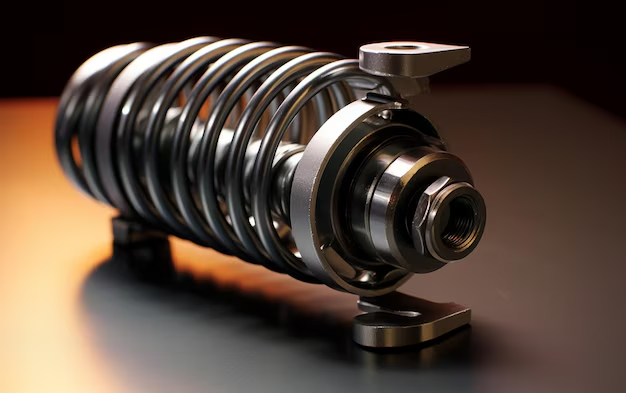
Torsion Springs
Torsion springs provide rotational force and are commonly used in sprinkler heads and rotary irrigation systems for movement and oscillation.
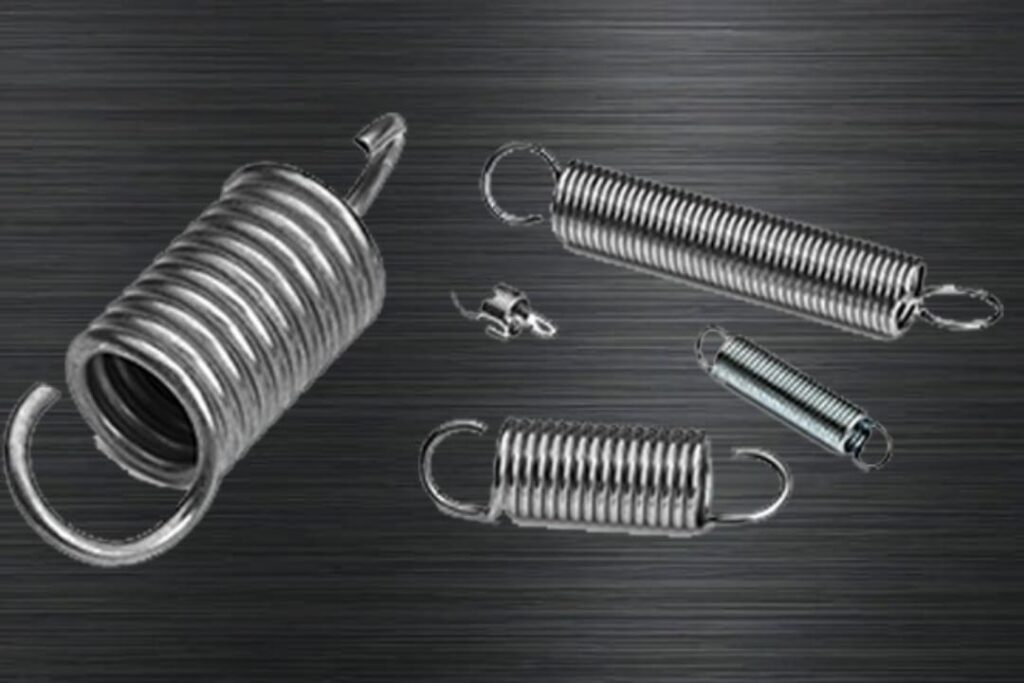
Tension Springs
Tension springs are used in automatic shutoff systems and water level controls, where they work under tension to manage flow and regulate equipment based on water needs.
Applications of Springs In Irrigation
Valve Control and Flow Regulation
Springs play a significant role in valve control mechanisms within irrigation systems, providing resistance and maintaining the valve’s position. In manual valves and pressure regulators, compression springs help control water flow by adjusting to the required force, thereby managing the pressure throughout the irrigation network. These springs ensure steady water flow, prevent leaks, and enhance the durability of the valve.Automatic irrigation systems also rely on springs to control valves. When used with solenoids in electric valves, springs help open and close water passages precisely, ensuring water conservation and accurate delivery.
Sprinkler Heads and Oscillation Mechanisms
Springs are essential in oscillating sprinkler heads and rotary sprinkler systems. Torsion springs are commonly used here to generate the rotational force that makes the sprinkler head rotate, covering a wide area effectively. The spring’s tension and elasticity allow it to return the sprinkler head to its original position, creating a consistent water spray pattern.In impact sprinklers, a torsion spring enables the arm to return and hit the stream of water, which causes the sprinkler to rotate and distribute water across a wide field. This application is crucial for even irrigation in both agricultural and residential lawns.
Automatic Shutoff Systems
Extension springs are widely used in automatic shutoff systems in irrigation. These springs create the necessary tension to close off the water flow when specific conditions are met, such as reaching a desired water level or after a preset duration. This function is beneficial for smart irrigation systems, as it prevents over-watering, conserves resources, and protects plants from waterlogging.In soil moisture sensors, springs play a role by adjusting the response based on soil moisture levels. The spring-loaded mechanism reacts to changes in water content, shutting off the flow when the desired level is reached.
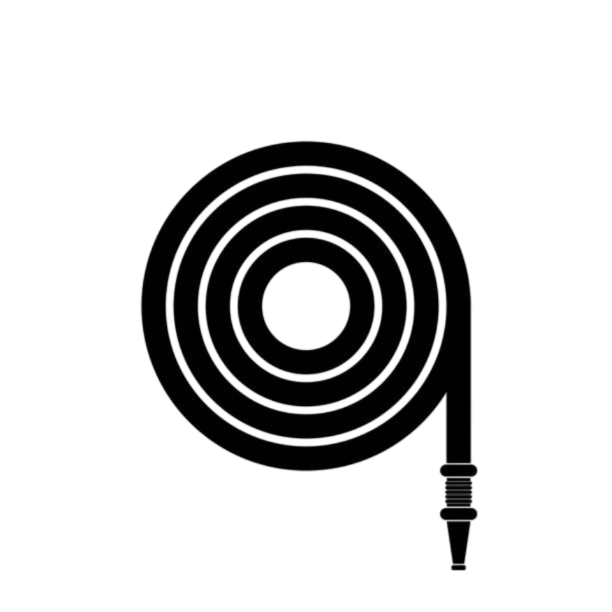
Hose Reels and Retractable Systems
Constant force springs are essential in retractable hose reels, as they allow hoses to be extended when in use and automatically retract when the task is complete. This application not only keeps the hose organized but also protects it from damage due to tangling or kinking. The constant force spring ensures that the hose retracts smoothly, maintaining the system’s efficiency and user convenience.This application is also seen in retractable sprinkler heads where the spring mechanism allows the sprinkler to pop up during operation and retract afterward, protecting it from external damage and improving the aesthetic of the irrigated area.
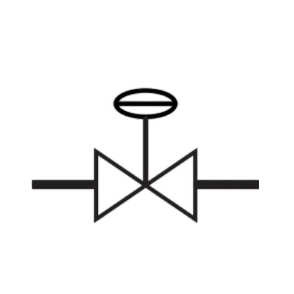
Water Level Control and Float Valves
Springs are an integral part of float valves in irrigation systems, especially in reservoirs and holding tanks. These valves use springs to regulate the flow based on water level changes. As the water level rises, the float lifts, compressing the spring and closing the valve to stop further water intake. Conversely, when the water level drops, the spring releases and opens the valve to allow water flow.This mechanism is vital in irrigation systems as it conserves water and prevents overflow. It is particularly useful in drip irrigation setups where precise control of water levels is necessary to deliver water to plants in specific amounts.

